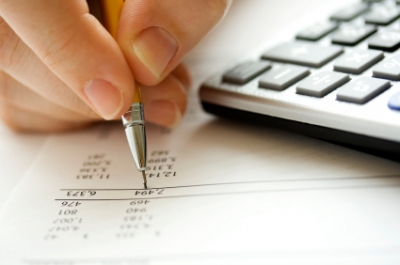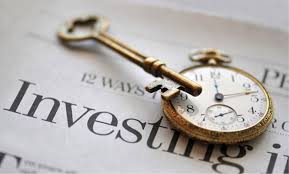Let us take the example of our greengrocer, who decides to add frozen food
to his business. The operating cycle will no longer be the same. The greengrocer may, for instance, begin receiving deliveries once a week only and will therefore have to run much larger inventories. Admittedly, the impact of the longer operating cycle due to much larger inventories may be offset by larger credit from his suppliers.
The key point here is to recognise that the operating cycle will change. The operating cycle is different for each business and, generally speaking, the more sophisticated the end product, the longer the operating cycle.
But, most importantly, before he can start up this new activity, our greengrocer needs to invest in a freezer chest. What difference is there from solely a cash flow standpoint between this investment and operating outlays?
The outlay on the freezer chest seems to be a prerequisite. It forms the basis for
a new activity, the success of which is unknown. It appears to carry higher risks and will be beneficial only if overall operating cash flow generated by the greengrocer increases. Lastly, investments are carried out from a long-term perspective and have a longer life than that of the operating cycle. Indeed, they last for several operating cycles, even if they do not last for ever given the fast pace of technological progress.
This justifies the distinction, from a cash flow perspective, between operating
and investment outflows. Normal outflows, from an individual’s perspective, differ from an investment outflow in that they afford enjoyment, whereas investment represents abstinence.
As we will see, this type of decision represents one of the vital underpinnings of finance. Only the very puritan-minded would take more pleasure from buying a
microwave oven than from spending the same amount of money at a restaurant!
One of these choices can only be an investment and the other an ordinary outflow. So what purpose do investments serve? Investment is worthwhile only if the decision to forgo normal spending, which gives instant pleasure, will subsequently lead to greater gratification.
From a cash flow standpoint, an investment is an outlay that is subsequently
expected to increase operating cash flow such that overall the individual will be
happy to have forsaken instant gratification.
This is the definition of the return on investment (be it industrial or financial) from a cash flow standpoint. Like the operating cycle, the investment cycle is characterised by a series of inflows and outflows. But the length of the investment cycle is far larger than the length of the operating cycle.
The purpose of investment outlays (also frequently called capital expenditures) is to alter the operating cycle; e.g., to boost or enhance the cash flows that it
generates. The impact of investment outlays is spread over several operating cycles. Financially, capital expenditures are worthwhile only if inflows generated thanks to these expenditures exceed the required outflows by an amount yielding at least the return on investment expected by the investor.
Note also that a company may sell some assets in which it has invested in the
past. For instance, our greengrocer may decide after several years to trade in his freezer for a larger model. The proceeds would also be part of the investment cycle.
Click here for government certification in Accounting, Banking & Finance





4 Comments. Leave new
Excellent work!
Explained well..!
Good job
informative